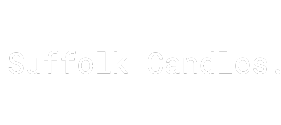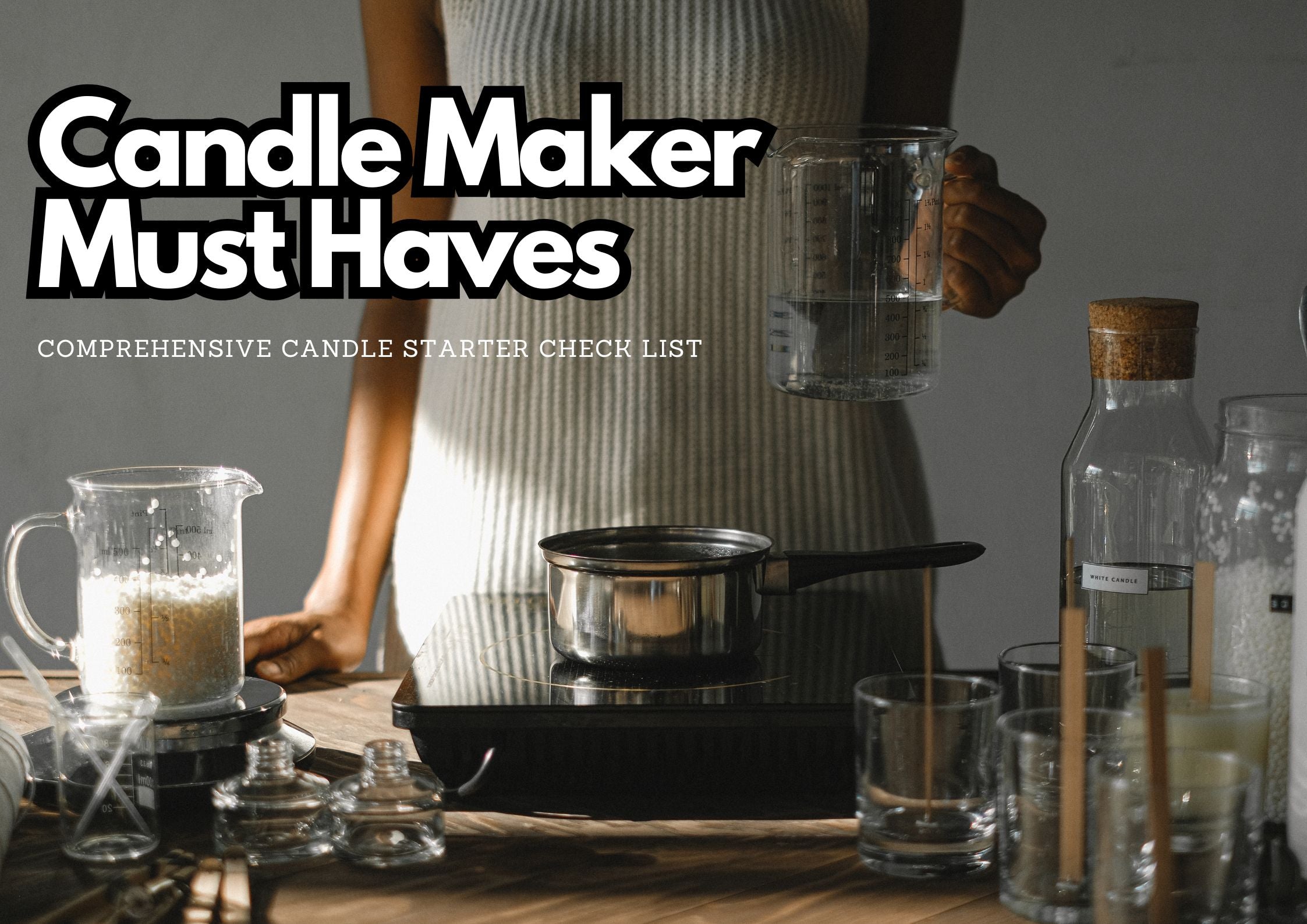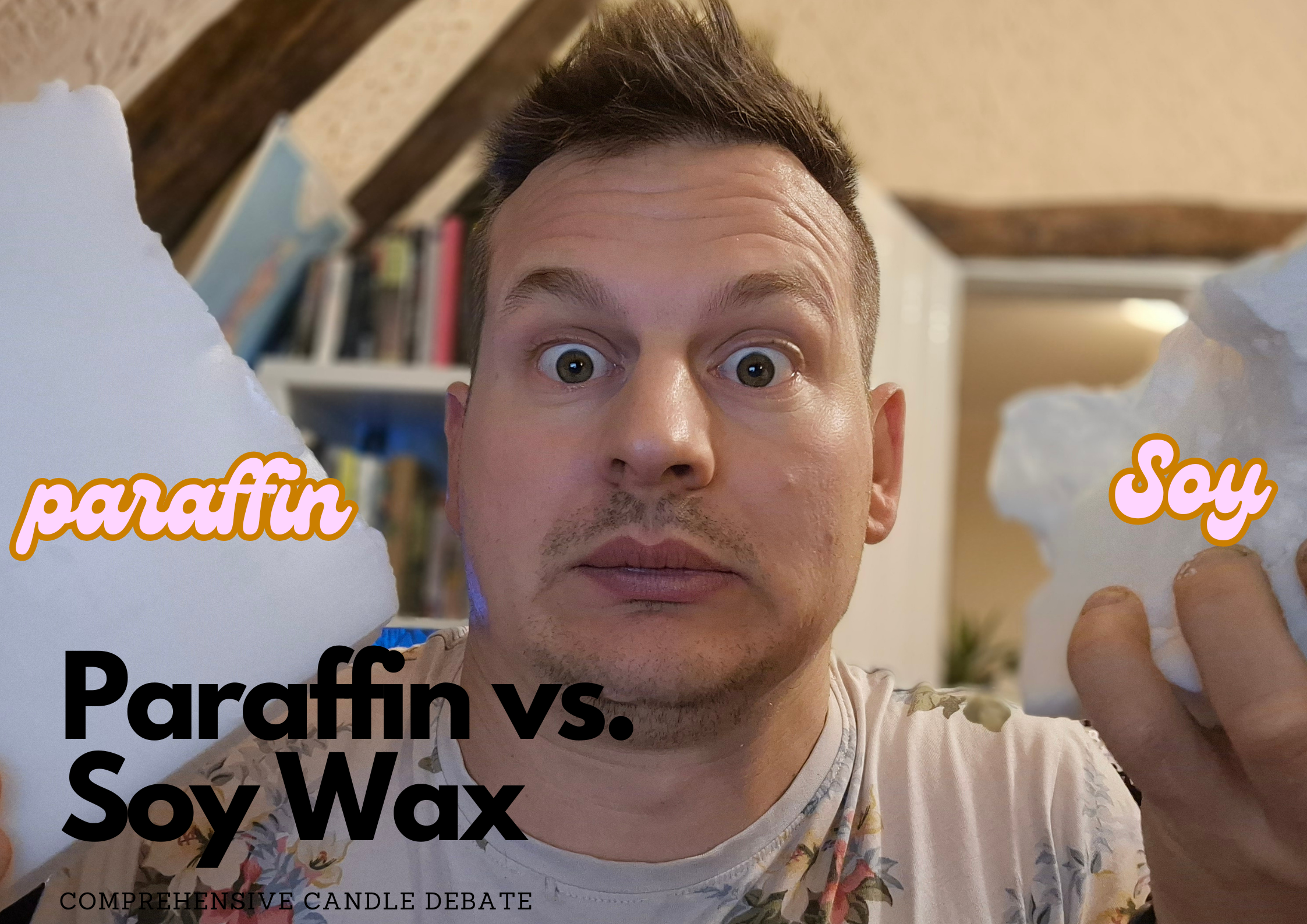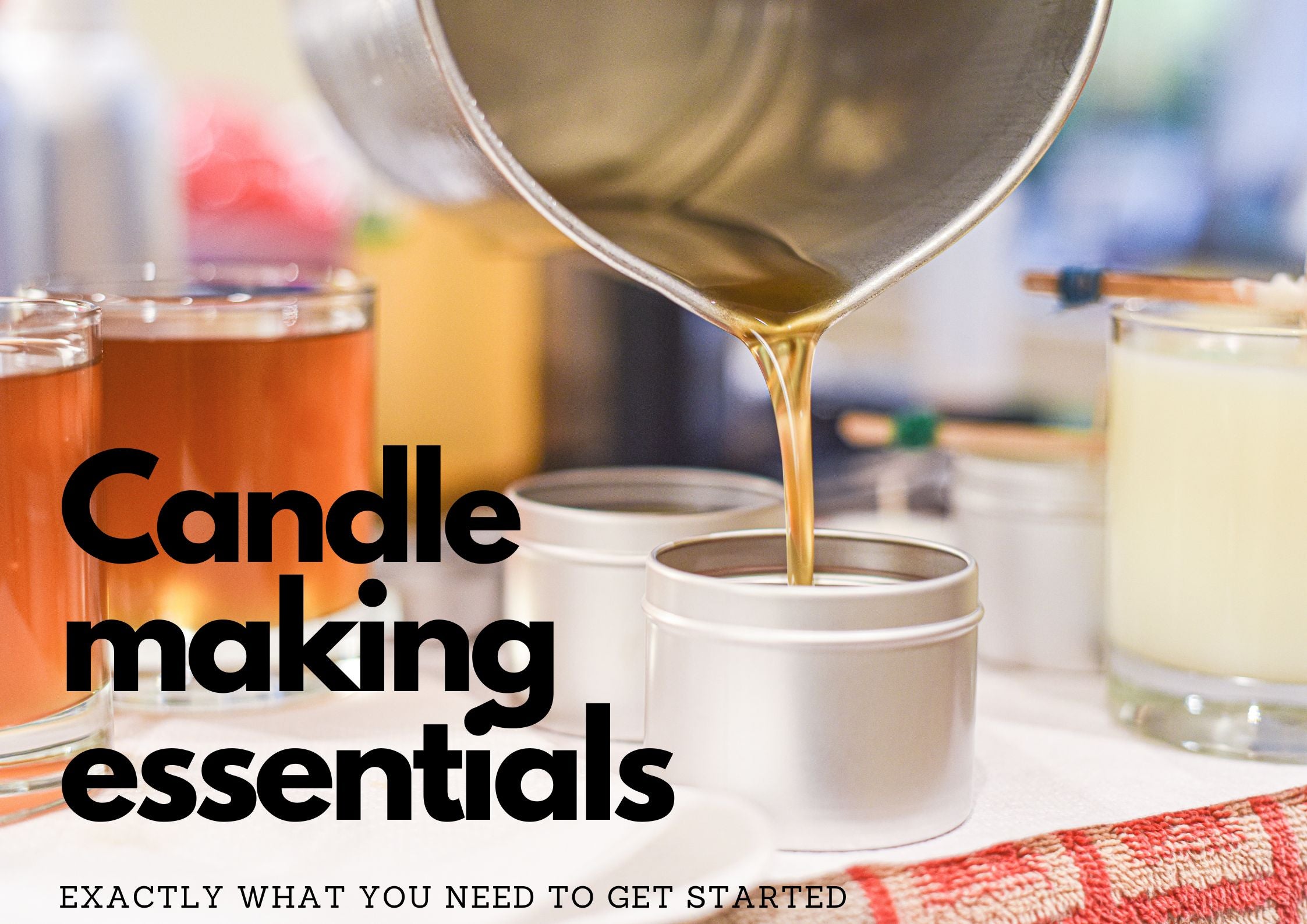12 Must-Have Tools for Candle Makers: A Complete Guide to Streamlining Your Business
Nov 27 , 2024
12 Must-Have Tools for Candle Makers: A Complete Guide to Streamlining Your Business
Starting your candle-making journey can feel overwhelming with all the tools and techniques available. In this blog, I’ll share 12 essential tools and hacks that have transformed my business, making production faster, easier, and more enjoyable. Whether you're just starting out or looking to improve your workflow, these tools are game-changers.
This article does contain amazon associate links which I earn a small commission from.
1. Wax Melter
A wax melter is the cornerstone of efficiency for any candle-making operation. If you’ve been using a double boiler, you know how time-consuming it can be to melt wax in small batches. A wax melter changes everything—it can hold larger quantities of wax and melt it quickly and evenly.
For example, my current melter handles 4 litres in just 30 minutes and features a spout for easy pouring, which reduces mess and waste. While they can be an investment (typically costing between £50-£100), they pay off quickly by speeding up your production process. If you’re serious about scaling your business, this is a must-have tool.
2. Heat Gun
Creating a polished, professional-looking candle is much easier with a heat gun. This tool helps fix imperfections like sinkholes, uneven tops, and frosting. When I started, I tried to achieve perfect candles without one, but environmental factors like temperature fluctuations always caused issues.
Now, I use a heat gun after pouring to smooth out surfaces or adjust details. If you’re working with softer waxes like soy or vegetable blends, a basic 350-watt model works well. For more intensive use, an industrial heat gun (around 2,000 watts) is a great upgrade. It’s a tool I use almost daily, and at just £25, it’s a cost-effective addition to any setup.
3. Gasket Silicone for Wick Anchoring
Wick placement is critical for safety and functionality. I’ve tried glue guns and wick stickers, but they were tedious and sometimes unreliable under heat. Enter gasket silicone: a heat-resistant adhesive originally designed for automotive use.
This product is a game-changer. It’s fast to apply, heat-stable up to 230°C, and keeps wicks securely anchored. No more worrying about wicks drifting off-centre or coming loose. Simply dab, stick, and move on. It’s affordable, efficient, and one of the best tips I’ve learned for candle-making.
4. Diverse Wick Collection
One of the biggest mistakes I made as a beginner was relying on a single type of wick. Different waxes, jars, and fragrances all affect how a candle burns, so having a variety of wicks is essential.
I now keep a collection that includes TCR, Eco, wooden, and CD wicks in various sizes. This allows me to test and find the perfect combination for each new candle range I create. Start small with a few key types and sizes, and build your collection over time. Having options will save you frustration and improve your results.

5. Multiple Wax Options
Just as wicks vary in performance, so do waxes. When I started, I focused on mastering one type of wax, but I quickly learned that no single wax can do it all. Some offer better glass adhesion, while others excel at scent throw or burn time.
I now keep several waxes on hand, including soy, coconut-soy blends, and paraffin. This allows me to experiment and match the right wax to each fragrance and jar. You don’t need to invest heavily upfront—start with small 1-kilo blocks to test different waxes and discover what works best for you.

6. Multi-Tool
A good multi-tool is surprisingly useful in candle-making. Mine includes pliers (great for adjusting wicks during testing), scissors (perfect for trimming wicks), and a knife (handy for opening boxes or trimming materials). It even has a small scraper, which I use to clean up wax spills or adjust jars.
While it’s not an obvious candle-making tool, having everything in one place saves time and makes troubleshooting easier. You don’t need an expensive model—just something sturdy and reliable.
7. Printers (Inkjet, Laser, and Thermal)
Printing your own labels is a game-changer for flexibility and branding. Here’s how I use each type:
- Thermal Printer: Ideal for CLP labels and shipping labels. These printers use heat instead of ink, so they’re cost-effective and low-maintenance.
- Inkjet Printer: Great for colourful designs, product labels, and marketing materials. I use an Epson EcoTank, which has a refillable ink system that lasts for months.
- Laser Printer: Perfect for printing Amazon or postage labels in bulk. It’s fast, efficient, and produces sharp results.
With these printers, I can create professional-looking labels on demand, saving time and avoiding delays from outsourcing.
8. Guillotine Cutter
A sharp guillotine cutter is a simple but invaluable tool for cutting labels, stickers, and marketing materials. I use mine to trim custom designs for gift sets or promotional items. Look for a sturdy model that ensures clean, precise cuts—it’s a small investment that makes a big difference in presentation.
9. Canva for Design
Canva Pro is my go-to software for creating labels, logos, and infographics. With its drag-and-drop interface and professional templates, it’s easy to customize designs without any graphic design experience. Whether I’m making product labels or social media graphics, Canva simplifies the process and saves time.
10. Adobe Lightroom
Great product photography is essential for selling candles online, and Adobe Lightroom makes it easy to edit and enhance images. Adjusting lighting, colour balance, and clarity helps my photos stand out on platforms like Instagram and Etsy. Even basic edits can make a huge difference in how your products are perceived.
11. Avery Label Software
Avery’s free software makes it simple to format and print labels. It’s especially helpful for CLP labels, as it automatically aligns text and images to fit their label sheets. This tool eliminates guesswork and ensures your labels look professional every time.
12. Different sticker paper variations
Using customizable label sheets, templates, and software integrations allows you to elevate your branding without outsourcing. These tools make it easy to experiment with designs, try new ideas, and adjust your labels as needed—all while keeping costs low.
Final Thoughts
These tools have transformed the way I make candles, helping me save time, reduce waste, and improve the quality of my products. Whether you’re a beginner or looking to refine your process, investing in these essentials can make a huge difference in your candle-making journey.
Found this guide helpful?
Like, share, and leave a comment below with your favourite tools or tips! Don’t forget to subscribe to my blog for more candle-making insights. For the tools mentioned, check the affiliate links below—they help support my content at no extra cost to you. Happy candle-making! 🕯️








